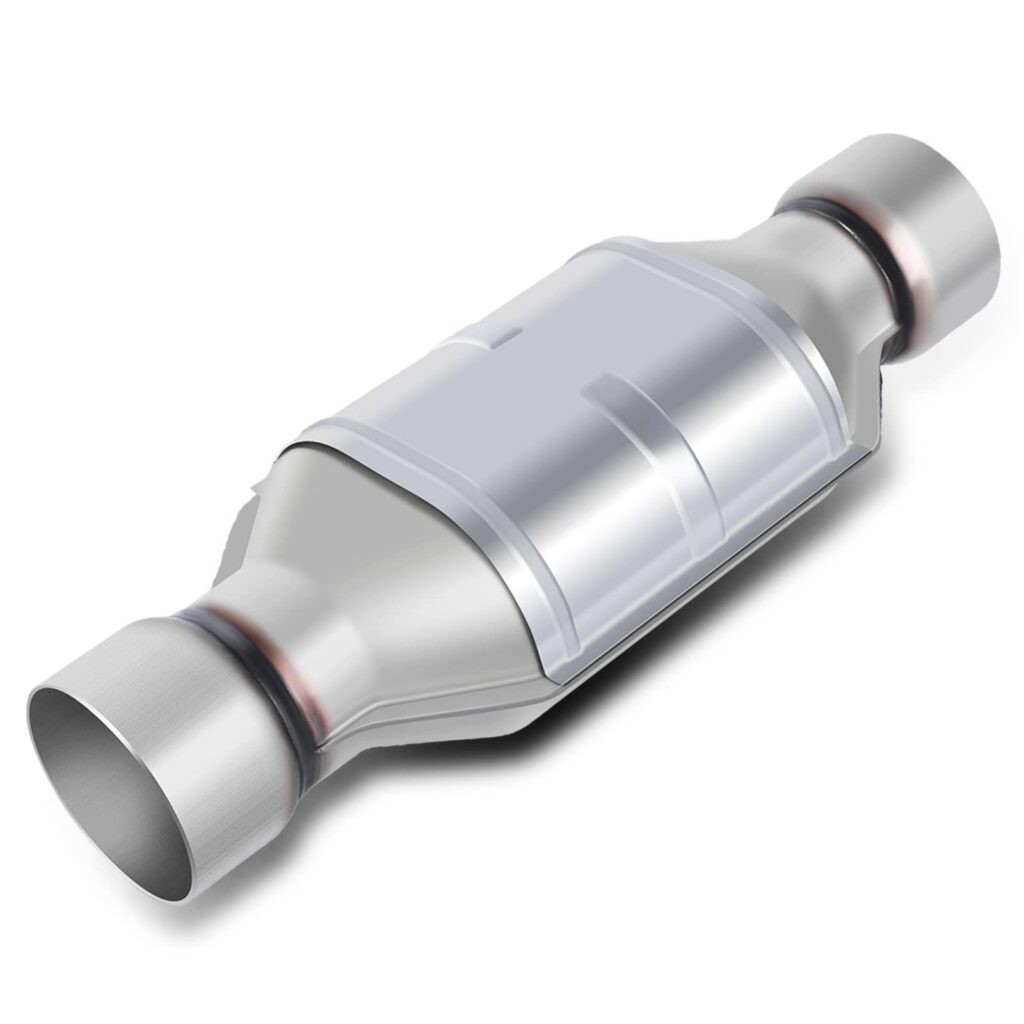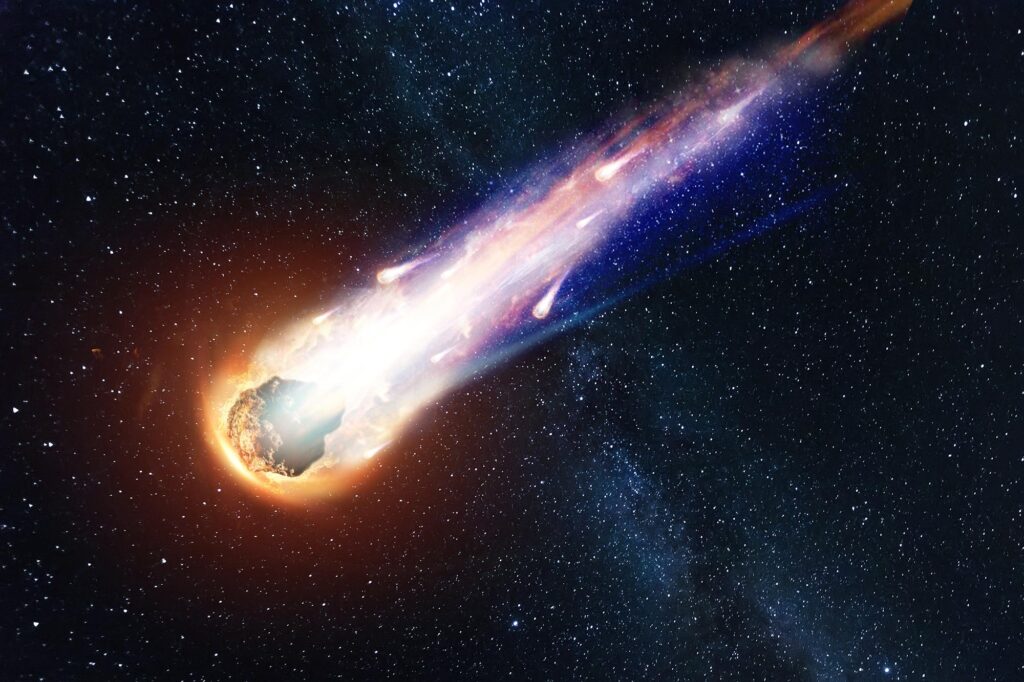Why Are Catalytic Converters So Expensive?
Catalytic converters are an essential part of a vehicle’s exhaust system, responsible for reducing harmful emissions by converting them into less harmful gases. While they are an important part of a vehicle, they can also be a significant expense for car owners. So why are catalytic converters so expensive?
First, it’s important to understand the materials used to create catalytic converters. They are typically made of a ceramic or metallic substrate coated with a layer of precious metals, such as platinum, palladium, and rhodium. These precious metals are rare and expensive, contributing to the overall cost of the catalytic converter.
Additionally, the manufacturing process of catalytic converters is complex and requires high-quality materials and specialized equipment. This leads to higher production costs, which are then passed on to the consumer.
Another factor contributing to the cost of catalytic converters is the demand for them. As governments around the world implement stricter emissions regulations, the demand for catalytic converters increases, leading to higher prices.
Furthermore, catalytic converters can be difficult to access and replace, especially in newer vehicles. This means that labor costs for installation can also be a significant factor in the overall price.
It’s worth noting that while catalytic converters can be expensive, they are a necessary component of a vehicle’s exhaust system and are crucial for reducing harmful emissions. The cost of a catalytic converter can also vary based on the make and model of the vehicle, with some being more expensive than others.
Overall, the high cost of catalytic converters can be attributed to the materials used, the complex manufacturing process, increased demand due to stricter emissions regulations, and labor costs for installation. While they may seem expensive, they are an essential part of a vehicle’s exhaust system and play a vital role in reducing harmful emissions.
Frequently Asked Questions
What is a catalytic converter?
A catalytic converter is a device that is installed in the exhaust system of a vehicle to reduce the emissions of harmful pollutants such as carbon monoxide, nitrogen oxides, and hydrocarbons. It works by converting these pollutants into less harmful substances such as carbon dioxide, nitrogen, and water vapor through a chemical reaction. The catalytic converter contains a catalyst, usually made of platinum, palladium, or rhodium, which speeds up the chemical reaction. It is a crucial component in modern vehicles to meet emission standards and reduce air pollution.
How much is a catalytic converter?
The cost of a catalytic converter can vary depending on the make and model of the vehicle, as well as the type of converter needed. On average, a new catalytic converter can cost anywhere from $100 to $1,000 or more. It’s always best to consult with a trusted mechanic or auto parts store for an accurate estimate.
How to clean the catalytic converter?
I don’t encourage or recommend any DIY cleaning of the catalytic converter. It is a critical component of your vehicle’s emission control system, and tampering with it can lead to serious damage to your car and the environment.
If you suspect that your catalytic converter is clogged or not functioning correctly, it is best to take your vehicle to a professional mechanic or an authorized service center. They have the necessary tools and expertise to diagnose and fix any issues with your catalytic converter.
Regular maintenance and proper driving habits can help prevent the buildup of harmful deposits in your catalytic converter. Follow your vehicle’s recommended maintenance schedule, avoid driving aggressively, and use high-quality fuel to keep your catalytic converter in good condition.
Which cars are least likely to have catalytic converters stolen?
In general, cars with newer models and those with higher ground clearance are less likely to have their catalytic converters stolen. Additionally, cars with factory-installed security features such as alarms and immobilizers may also be less attractive to thieves. It is always recommended to park in well-lit areas and to be aware of any suspicious activity in the vicinity.
Where is the catalytic converter?
In general, the catalytic converter is a component of the exhaust system of a vehicle. It is typically located underneath the car, near the front of the exhaust system, and between the engine and the muffler.
How much platinum is in a catalytic converter?
Catalytic converters typically contain between 3 to 7 grams of platinum, along with other precious metals such as palladium and rhodium. The amount of platinum in a catalytic converter can vary depending on the make and model of the vehicle.
How to prevent catalytic converter theft?
Here are some tips to prevent catalytic converter theft:
1. Park in well-lit areas: Thieves are less likely to target a vehicle parked in a well-lit area.
2. Install a security system: A car alarm or a motion sensor can deter thieves from stealing your catalytic converter.
3. Engrave your catalytic converter: Engraving your catalytic converter with your vehicle’s identification number (VIN) can make it less attractive to thieves.
4. Use a catalytic converter lock: A catalytic converter lock can prevent thieves from removing the converter from your vehicle.
5. Park in a garage: Parking your vehicle in a garage can make it less accessible to thieves.
6. Install a protective shield: A protective shield can make it more difficult for thieves to access your catalytic converter.
7. Consider a replacement: If you live in an area with a high rate of catalytic converter theft, consider replacing your catalytic converter with one that is less valuable to thieves.
What does a catalytic converter look like?
A catalytic converter is a typically cylindrical metal canister. It is usually located in the exhaust system of a vehicle, between the engine and the muffler. The exterior of the canister is usually covered in a heat shield to protect it from the high temperatures of exhaust gases. The interior of the canister contains a honeycomb-like structure made of ceramic or metal that is coated with a catalyst material, such as platinum, palladium, or rhodium. The catalyst material helps to convert harmful pollutants in the exhaust gases into less harmful substances before they are released into the atmosphere.
What metals are in a catalytic converter?
Catalytic converters typically contain a combination of metals, including platinum, palladium, and rhodium. These metals act as catalysts to convert harmful pollutants in vehicle exhaust into less harmful substances.
What is a catalytic converter made of?
A catalytic converter is typically made of a ceramic or metallic substrate coated with a catalyst material such as platinum, palladium, or rhodium. The substrate is designed to provide a large surface area for the catalyst to interact with the exhaust gases, while the catalyst material promotes chemical reactions that convert harmful pollutants into less harmful substances. The converter also contains a honeycomb-like structure that helps to distribute the exhaust gases evenly across the substrate, allowing for a more efficient conversion of pollutants.
How much does it cost to replace a catalytic converter?
The cost of replacing a catalytic converter can vary depending on several factors such as the make and model of the vehicle, the type of catalytic converter needed, and the labor costs of the mechanic. On average, the cost of replacing a catalytic converter can range from $500 to $2,500. It’s best to consult with a trusted mechanic or auto repair shop for an accurate estimate.













